Felicity, California (Desert Week 2011)
Tuesday, 21st June 2011 by Kyle Kusch
Did you know that the ‘Official Center of the World’ lies just off of an exit ramp in the middle of the Sonoran Desert of California? It’s true. There’s even a plaque and everything.
In 1985, skydiving pioneer/investor/budding children’s author Jacques-André Istel wrote about a fictional town at the centre of the world named after his wife, Felicia, in his fairy tale book, Coe The Good Dragon at the Center of the World. The next year, he decided to make his fictional town a reality. Choosing a desert site along Interstate 8 in Imperial County, California near the borders with Arizona and Mexico, he declared his new town of Felicity to be the Official Center of the World – after all, who would argue with a fairy tale?
The plaque denoting the physical ‘Official Center of the World’ lies inside of this hollow, mirror-laden pink granite pyramid on a bronze plaque. Visitors receive a certificate, signed by Istel himself, recording both their visit and the exact time they stepped on the plaque, and are obligated to make a wish. Behind the pyramid is the highest point in Felicity, the Church on the Hill which lies atop a manmade hill built in 2002 known as the Hill of Prayer. The earthquake-proofed hill was built using 150,000 tonnes of sand in a half-pyramid and overlooks the entire complex.
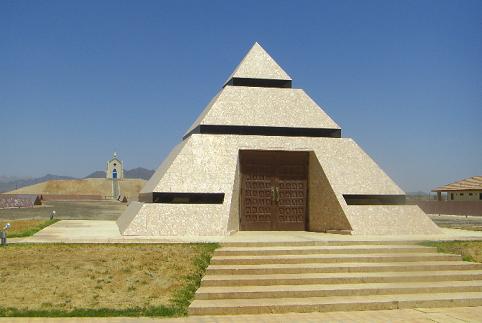 Courtesy: Kirs10, http://en.wikipedia.org/wiki/File:Center_of_the_world_pyramid.JPG.
Courtesy: Kirs10, http://en.wikipedia.org/wiki/File:Center_of_the_world_pyramid.JPG.
Istel set about turning Felicity into a place that would preserve the history of the entire world. The centerpiece of Felicity is the Museum of History in Granite. The main circle consists of eight granite monuments in which the history of humanity has been engraved in stone on 416 different panels containing everything from replicas of famous paintings to the history of ten-digit counting systems.
Between the circle and the welcome centre are more panelled monuments dedicated to such topics as the history of Arizona, the French Foreign Legion, the Korean War and even a wall reserved for museum patrons to have their own family histories engraved. Istel designed the monuments to last at least 4,000 years into the future.
If that wasn’t enough, in 1989 a section of the original Eiffel Tower staircase was purchased at auction and installed it at the entrance to Felicity. Even the town’s website freely states that ‘it serves no practical purpose’.
In the desert above the townsite lies this seemingly random grid of roads, the remnants of a World War II camp Istel visited as a US Marine during the Korean War, including the wonderfully-named Coca-Cola Drive, which amazingly has Street View coverage. That said, a sugary Coke is probably the last thing your body needs in this parched desert.
Beyond Felicity, the path through the high desert continues as Barney Oldfield Road, where it’s hard to tell exactly what is road and what is desert.
Eventually, the road arrives at Black Butte, a flat-topped black volcanic plug sticking out of the desert like a pimple used by the US Army to train helicopter pilots in the act of lifting heavy objects and setting them on top of the butte.
Because of the scorching Sonoran summer heat, Felicity is only open December through March. Learn more about this whimsical place in the desert at the town’s official website and at Roadside America.
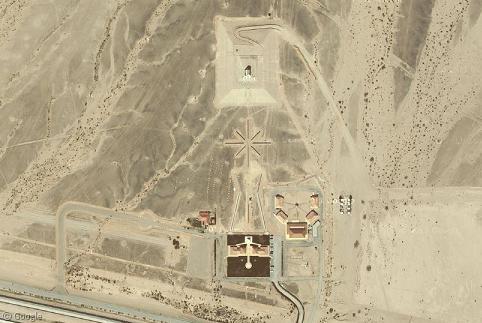
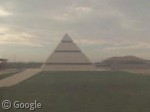
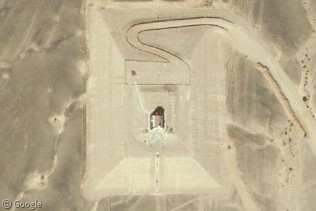
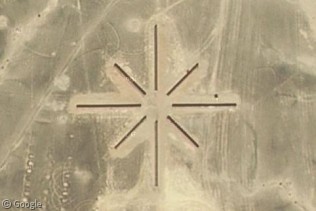
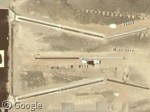
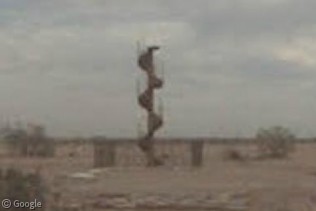
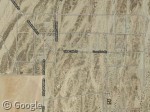
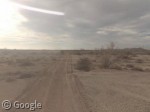
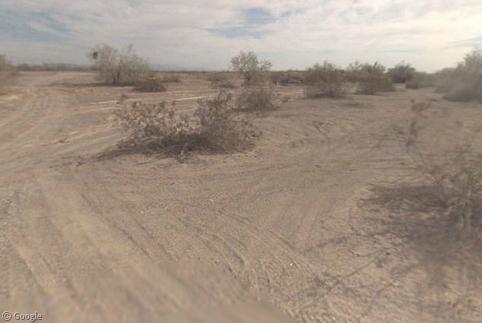
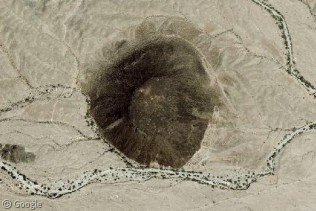
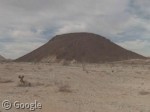
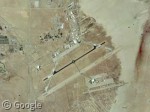
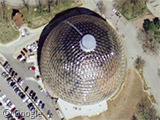

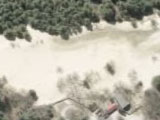
By odd coincidence, the Center of the Universe also happens to be located in the United States, a little further north in Wallace, Idaho.
That’s awesome! I drive by on I-8 all the time and never knew that was there! Have to plan a visit! Thanks for posting! 🙂